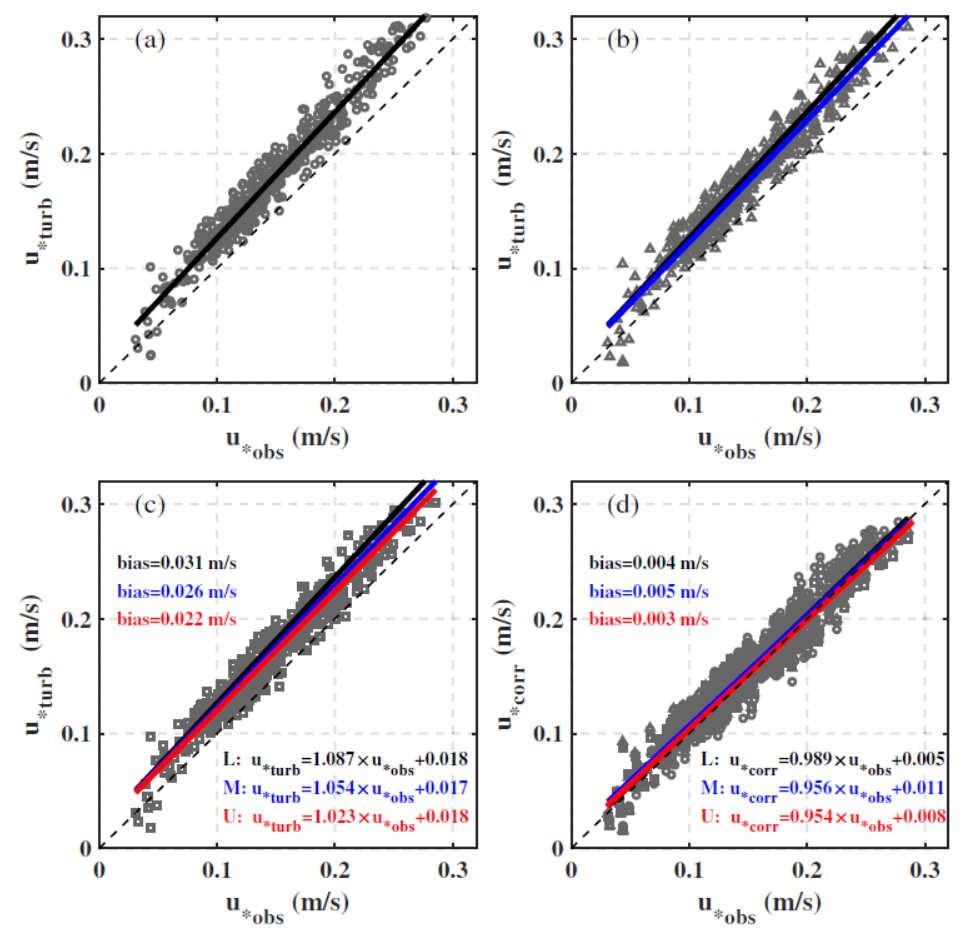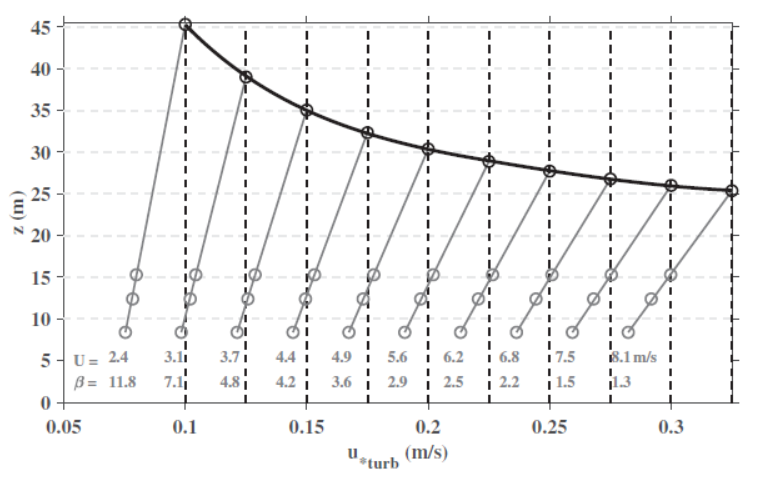|
The wind stress over the ocean has been studied for more than half a century. However, there is still no consensus as to how the surface waves influence wind stress due to the extreme complexity of the turbulence, especially at wind speeds below 7 m/s and above 25 m/s. Sheng Chen, post-doctor from the group of Prof. Fangli Qiao, investigates the swell modulation on wind stress at low wind speed with the cooperation of Prof. Jun Zhang from NOAA, and has made some new progress. The impact of swell on wind stress is investigated through direct three-layer flux measurements taken by BoHe observation tower (BHOT) in the coastal regions of the northern South China Sea (SCS). The three levels of ECSs were 8.4, 12.4, and 15.3 m above the sea surface, respectively. This study confirms that the assumption of constant momentum flux layer is valid around the reference height of 10 m under swell-dominated conditions. The swell can modulate the total wind stress to be less than the turbulent stress derived from the first-order closure method, and the extent of this modulation decreases with height (Figure 1).  Figure 1. Comparison between the friction velocity u*turb without considering the wave effect (a–c), the corrected friction velocity u*corr (d) and the observed friction velocity u*obs.
In addition, the maximum height that swells can affect is estimated through extrapolating the three-layer data. The results show that it is expected to reach 45 m, and this critical height decreases with the increase of wind speed (Figure 2). It has been the first time to estimate the height of swell impact on the upper airflow based on observation.
 Figure 2. The profiles of friction velocities obtained by means of the best fitted lines in Figure 1c. The gray solid lines represent the fitted lines for three levels and the vertical black dashed lines represent the corresponding friction velocities u*turb in the absence of waves. The black solid line with circles shows the maximum height that swells can affect the wind stress.
This study reveals the characteristics of air-sea momentum flux affected by waves, explains the modulation mechanism of swell on wind stress, and develops a simple parametrization to provide a technical way for more accurate estimation of wind stress. The research results were published in Geophysical Research Letters in October 2020(https://doi.org/10.1029/2020GL089883).
|
Latest Development in Swell Modulation on Wind Stress in the Constant Flux Layer
Date: 2020-11-24 09:18 Author: admin Clicks:
